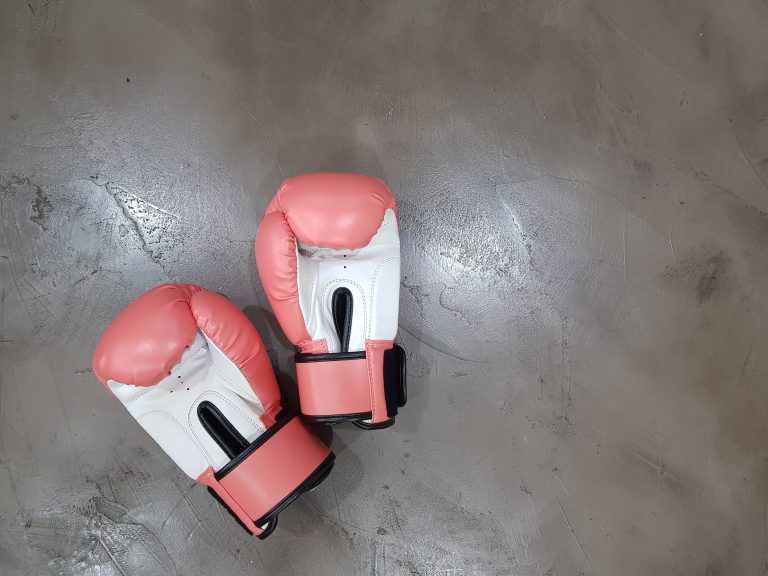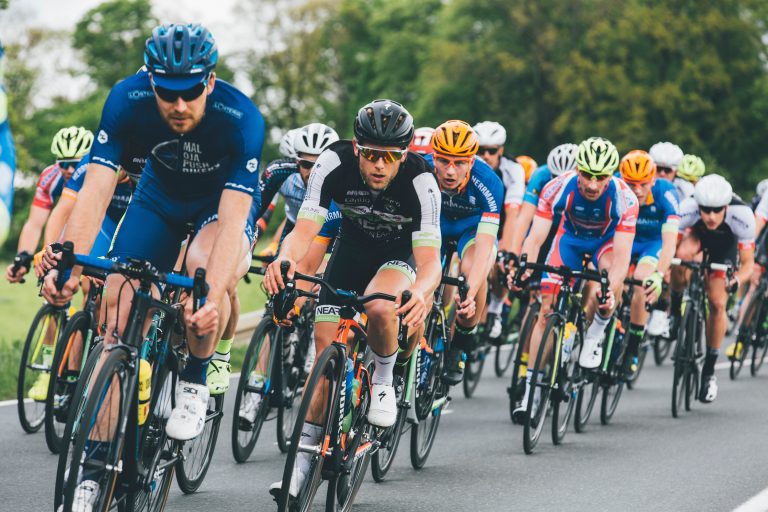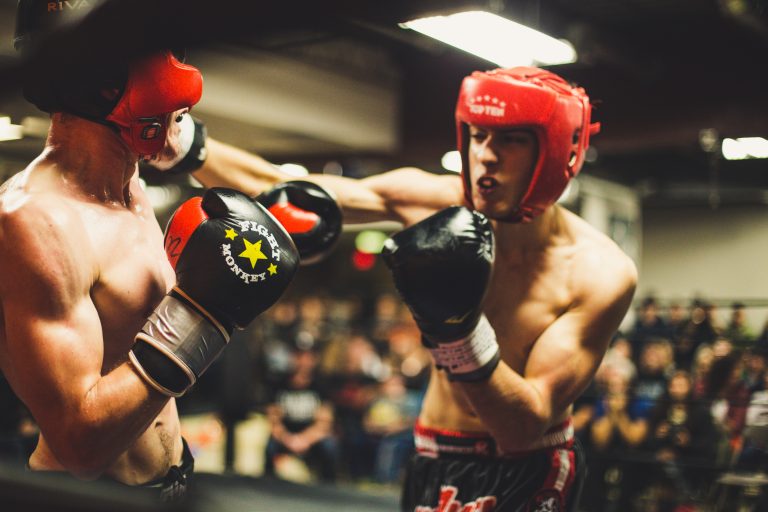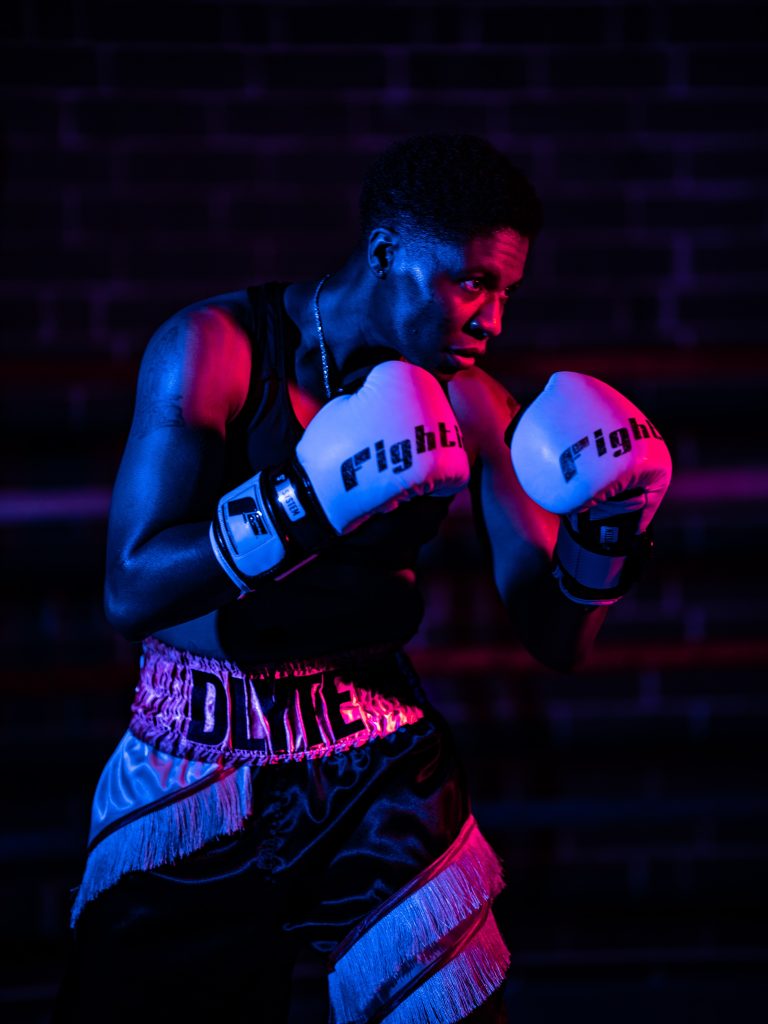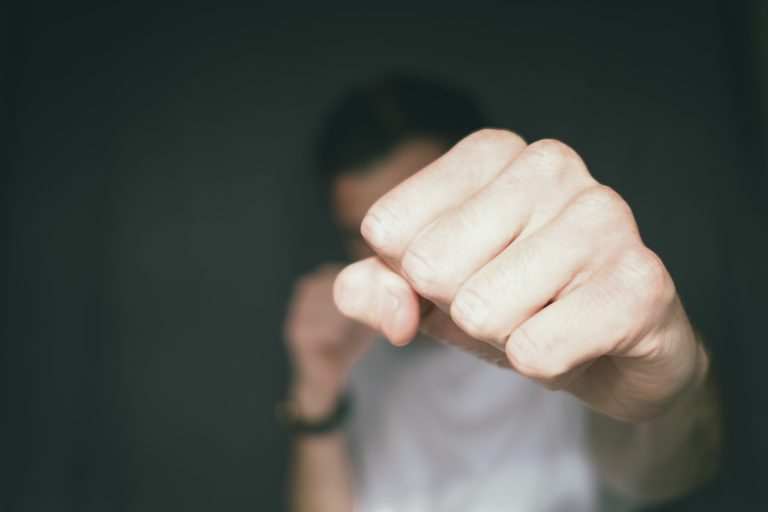Everything You Need to Know About Karate and Self-Defense
Karate is an ancient martial art form with its roots in the East, specifically Japan and Okinawa. As one of the most popular forms of martial arts around the world, karate can be used for both self-defense and physical conditioning. In recent years, karate has evolved into a sport, with practitioners engaging in competition in order to test themselves and become more proficient in their abilities. In this blog post, we’ll take an in-depth look at karate, discuss its origins and history, talk about its various forms, explain what make karate great for self-defense and lastly discuss some tips on how to get started if you are keen on learning karate.
Origins & History of Karate
Karate has a long and storied history that begins well over a thousand years ago in the Ryukyu Kingdom, which today encompasses the southernmost parts of modern Japan. It was there that the first forms of karate were developed and practiced, being passed down over generations in an oral tradition. One of the earliest known forms of karate was called Te (手) meaning „hand“ in Japanese, which later evolved into a much more complex form also known as ‚Karate-jutsu‘ (空手術).
During the 19th century, Okinawa was under the rule of the Satsuma domain of Japan, during which time the practice of martial arts was forbidden and many styles had to go underground. Nevertheless, it is during this time that a man named Sokon Matsumura moved martial arts further towards what would become karate as we know today. He perfected many of karate’s techniques and stances, including the kata (forms) that are taught to this day.
Around the turn of the 20th century, a man named Gichin Funakoshi arrived on the scene. Funakoshi was an Okinawan master of Shito-ryu karate-jutsu who is widely credited as being the founder of modern-day karate. He worked hard to devise a training system for martial arts which came to be known as ‚Karate-do‘ (空手道), or ‚the way of karate‘. During this time he wrote several books on karate, including his now famous ‚Karate-do Kyohan‘, which is still widely taught today.
In the decades following Funakoshi’s work, karate became more widely popular with more people across Japan becoming involved in its practice. With this increased popularity various organizations were formed to promote and grow karate’s presence around the world. The International Karate Federation (IKF) was founded in 1955, while the World Karate Federation (WKF) was founded in 1990 to promote karate internationally.
Different Forms of Karate
Karate itself is a broad term encompassing a range of different styles or forms. The three main divisions of karate are Kyokushin, Shito-Ryu and Shotokan, each of which have their own unique history and techniques.
Kyokushin is a full contact style of karate that focuses on powerful kicks and punches as well as grappling techniques. It was established by Masutatsu Oyama in 1964 who wanted to create a new style of martial arts that would combine traditional karate techniques with contact fighting.
Shito-Ryu is an older form of karate that has stood the test of time. It was developed by Kenwa Mabuni on the foundations laid down by Anko Itosu and Gichin Funakoshi. Shito-Ryu focuses heavily on form and technique with emphasis placed on spiritual development.
Shotokan is another popular form of karate that was created by Funakoshi himself. It is characterized by strong linear movements with powerful stances and precise technique. This style is one of the most widely taught forms of karate around the world and focuses mainly on self-defense with some additional sport components added for competition purposes.
Benefits of Karate for Self-Defense
Karate is one of the best choices for physical self-defense due to its balance between technique and power. Unlike some other martial arts, karate does not rely on strength or size to win fights; instead, it focuses on timing, angles and distances in order to outwit an opponent. This makes it a great choice for everyone regardless of their size or strength level.
Another benefit of karate for self-defense is its versatility: there are many techniques that can be used in a variety of contexts depending on the situation. From punches and kicks to throws and joint locks, there are many ways to defend yourself without having to rely on brute force or size superiority.
Due to its focus on proper technique, karate also helps develop mental clarity and decision making in difficult situations. By having to think through various techniques and angles while sparring or practicing forms, practitioners gain invaluable mentality training which can then be applied to self-defense situations in real life.
Lastly, when studying karate properly, practitioners gain a deep understanding of their own body and how it works. This helps them also become aware of their own physical limits so that they can be better prepared for self-defense situations if they ever arise.
Tips for Getting Started with Karate
Karate offers many benefits for those interested in self-defense or physical fitness, but it can also be intimidating if you are just getting started. Here are some tips on what you should do if you are considering taking up karate:
- Do your research: There are many different styles of karate so it’s important to research them properly so that you can find one that best fits your needs.
- Find a good school: It’s essential that you find an instructor or school who can teach you properly with an emphasis on safety and proper technique.
- Take class regularly: To get the most out of your training it’s important that you attend classes regularly so that you can learn and make progress.
- Be patient: Martial arts such as karate take time to master so it’s important that you remain patient and dedicated to your training.
By following these tips you can get started on your journey to becoming proficient at karate and being able to use it effectively for self-defense if ever needed.
Conclusion
Karate is one of the oldest martial art forms in existence and continues to be practiced around the world today as both a sport and an effective form of self-defense. With it’s balance between technique and power it makes it an ideal choice for anyone interested in martial arts regardless of their size or strength level. Although it takes commitment, dedication and hard work to become an efficient practitioner of karate, with the right mindset and instructor anyone can gain the tools necessary to be proficient at this ancient martial art form.
Inhaltsverzeichnis

